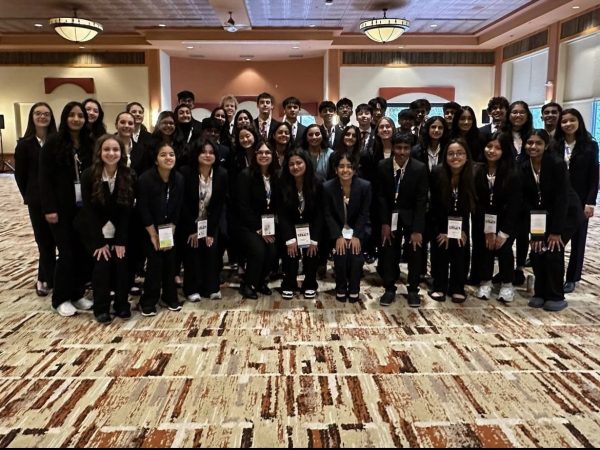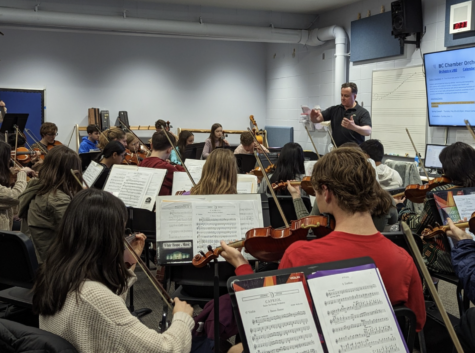Chemistry Olympiad challenges aspiring scientists
Phosphoric acid can be manufactured according to the following reaction:
Ca3(PO4)2 + 3SiO2 + 5C + 5O2 + 3H2O3CaSiO3 + 5CO2 + 2H3PO4
If equal masses of calcium phosphate (M = 310.) and silica (M = 60.0) are reacted with excess carbon, oxygen, and water to produce 1.00 103 kg phosphoric acid (M = 98.0), what mass of calcium phosphate was
used, assuming 100% yield?
(A) 610. Kg (C) 920. Kg
(B) 800. Kg (D) 1580 kg
Correct Answer: (D) 1580 kg
The above written question, is from the first part of the US Chemistry Olympiad National Level Examination. The first section is 60 questions and 90 minutes worth of multiple choice. Following that is a free response section with 105 minutes allotted for eight questions. The exam concludes with the practical lab section: 90 minutes for two labs. All together, the National Chemistry Olympiad makes for a full day of chemistry. To qualify, however, competitors first have to pass through the local round.
The local round for the Milwaukee region took place at Muskego High School on Friday, March 22nd at 6 p.m. and Saturday, March 23rd at 9 a.m. Competitors could choose the attend either time slot, bringing with them only number two pencils and a scientific, non-graphing calculator. Four brave souls from Brookfield Central participated in the impossible local level sixty-question examination: Stephanie Chen (’20), Aashay Mardikar (’22), Kevin Niu (’22), and Harshman Sihra (’22) participated.
This was Chen’s second year participating, and the first year for the other three. Mardikar, Niu, and Sihra were also all first-year chemistry students, having not yet taken AP Chemistry. After completing the contest, Niu commented, “It was really fun to take, but it was really hard. I would recommend that people who are interested or really like chemistry should definitely take it.” For his efforts, Mardikar placed fifth among first-year competitors at the local site. “It was an extremely hard test that made me push myself to try and solve the problems as they were very complex.”
So, what is the Chemistry Olympiad? This examination began in 1984, and is sponsored by the American Chemical Society. The first stage is the Local Examination. These local exams are held all across the United States, where seventeen thousand students participated to challenge their chemistry knowledge. Later on, if you score in the top ten of your local site, which only one student from our school did, you advance to the National Examination. Next, if you are one of the top twenty chemistry minds in the nation (under twenty years of age, of course), you advance to the US study camp for the ICO (International Chemistry Olympiad). Four campers are then selected to represent the United States at the ICO, which will be held in Paris this year. This is a feat that no Wisconsinite has achieved yet.
Still, the exam is not about the result itself, but the experience of taking it. This is one that Mardikar recommended to others. “It will definitely be difficult, but [those who take it will] know why they’ve been learning [chemistry].” On the bright side, unlike in chemistry, usually only a little over 50% is needed to pass the local exam.











